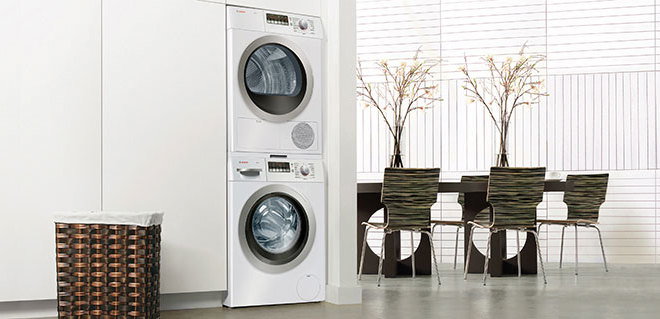Post-coronavirus inflation has sent the cost of groceries, gas and other essential goods soaring. Utilities are particularly steep — mainly due to natural gas price hikes — with the average electricity rate 10.7% higher than a year ago. In some parts of the country, energy inflation has many Americans wondering how to pay their utility bills.
You may not realize it, but even if plugged-in appliances and electronics are turned off, they can still consume energy. When this happens, devices are referred to as “energy vampires” or “phantom loads.”
Thankfully, you can stop the energy vampires in their tracks and shed a few bucks off those utility bills by making simple adjustments.
Identifying Energy Vampires in Your Home

Before you unplug every device in your house, you should know how to identify the biggest culprits of energy consumption.
According to the Working From Home (WFH) Research Project, approximately 30% of employees worked remotely in April 2022. Undoubtedly, computers are an essential part of our workplace productivity, but they tend to zap a lot of electricity.
In addition to desktop computers and laptops, related equipment — printers, modems, routers and tablets — are also sneaky energy vampires. Other household phantom loads could include the following:
- Instant-on televisions
- Surround sound systems
- Cable or satellite boxes
- Cellphones and chargers
- DVR, VCR, DVD players
- Standby coffee makers
- Devices with a clock, such as a microwave
There are some telltale signs if you’re unsure whether a particular device adds to your electricity bill. Does the device have an external power source? Do you turn it on with a remote control? Does it charge other items or have a continuous display like a clock? If so, they’re probably part of the problem.
4 Ways to Stop Energy Vampires in Their Tracks
Stopping vampire electronics and appliances from consuming extra energy requires only a few easy steps. Here are four tips to help you save your home and wallet.
1. Unplug
The easiest way to ensure energy efficiency is by unplugging what you aren’t using.
Is it really more convenient to leave your cellphone charger plugged into the wall if you’re out? How about your tablet charger? If your tablet isn’t plugged into an outlet while using it, unplug the cord until it needs recharging.
Let’s say you keep a laptop charger plugged into an outlet all year, but it isn’t actively charging anything. The charger will use about 4.42 watts of power, adding up to 40 kilowatt-hours of electricity. If you pay 15 cents per kilowatt-hour for your electricity, you’d add $6 to your annual utility bill.
Imagine your savings if you began to unplug your phone and computer chargers when they’re not in use.
2. Use Power Strips
Consider how many outlets you use throughout your home. Is there an electronic device or appliance plugged into every single one?
Power strips allow you to control the energy flow by turning several devices on or off at once, preventing additional consumption.
Advanced power strips (APS) take energy efficiency a step further by designating one device as the control. When you turn it off, all other devices plugged into the strip shut down. For example, if the TV is the control device, you can automatically power down DVD players, game consoles and other electronics with it.
A recent study showed that APS in commercial buildings with preprogrammed timers decreased energy consumption by 26% at desks and 50% in printer rooms and kitchens.
3. Choose Standby Mode
It happens all the time: You’re playing a video game, working on the computer or watching a movie when you have to stop and do something.
Rather than hitting pause and walking away for a while, you could set your device, like a laptop, to sleep or standby mode.
Powering down your video game instead of leaving it up on the screen for hours could potentially lead to significant savings.
4. Upgrade for Energy Efficiency
Age isn’t just a number for HVAC or appliance energy vampires.
For example, routine air conditioning maintenance every spring could enhance your home’s energy output, improve indoor air quality and extend your equipment’s life span. However, sometimes there’s no avoiding an upgrade.
Innovative technology, such as Energy Star smart thermostats, automatically adjust the temperature in your home for optimal energy efficiency and performance. They also enter a low-power standby mode when they’re inactive.
Considering that home appliances account for 20% of your home’s power usage, upgrading for efficiency can help you save energy and money.
Simple Changes to Rid Your Home of Energy Vampires
Knowledge is power when it comes to energy vampires. You can immediately begin reducing excess energy consumption in your home with these simple changes.



